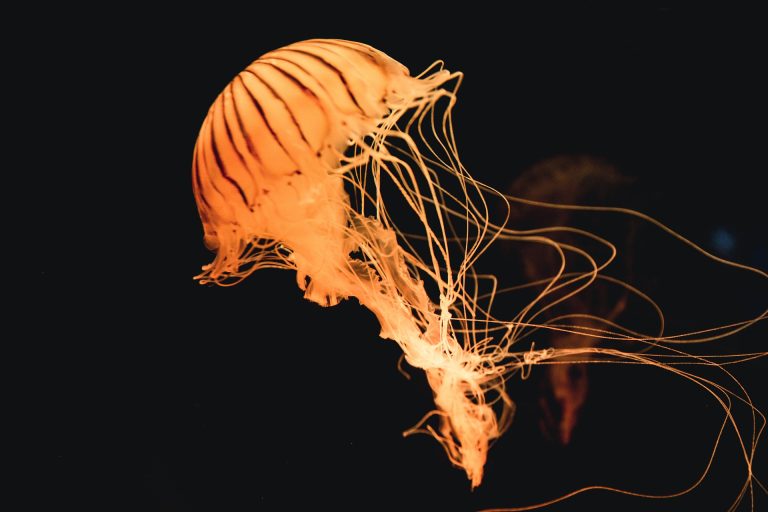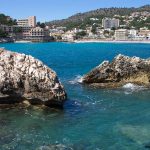Table of Contents
Majorca is a popular tourist destination known for its beautiful beaches and warm climate.
However, as with any beach holidays destination, Mallorca’s idyllic shores can sometimes be home to jellyfish blooms, especially in the summertime.
Understanding the seasonal patterns of these jellyfish can help authorities and beach goers prepare for and manage them.
Overview of Jellyfish Species in Mallorca
Several species of jellyfish are commonly found around Mallorca and the surrounding Balearic Islands. The main blooms are:
- Pelagia noctiluca – The mauve stinger jellyfish, known for its purple glowing tentacles.
- Rhizostoma pulmo – The barrel jellyfish, a very large species that can grow over 3 feet wide.
- Cotylorhiza tuberculata – Also called the fried egg jellyfish for its bulbous, yellow bell.
- Velella velella – Not a true jellyfish, but a hydrozoan known as the by-the-wind sailor.
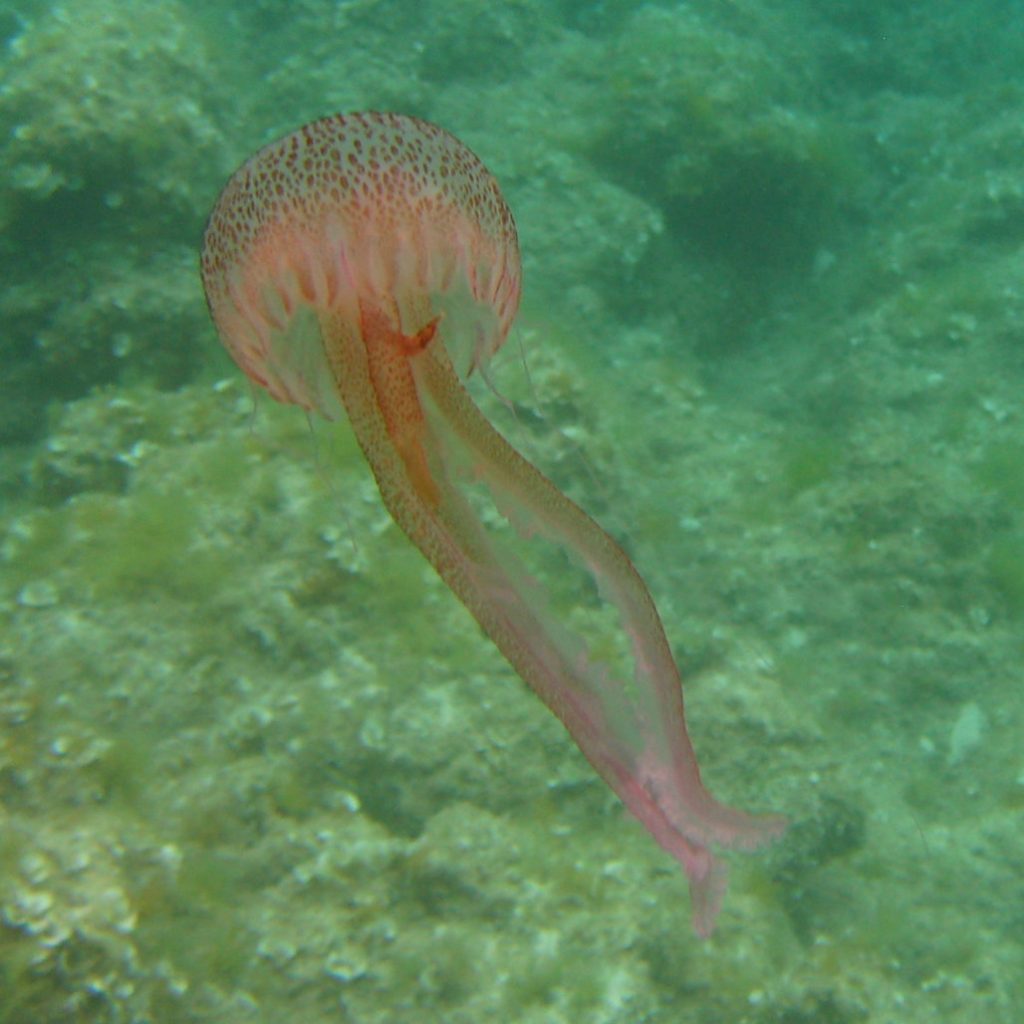

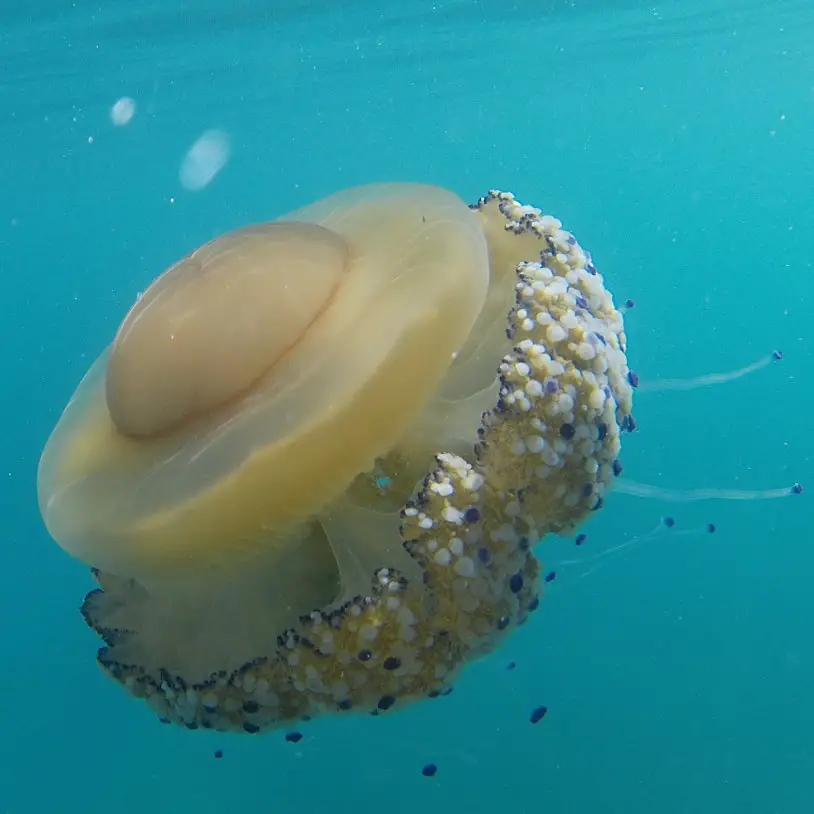
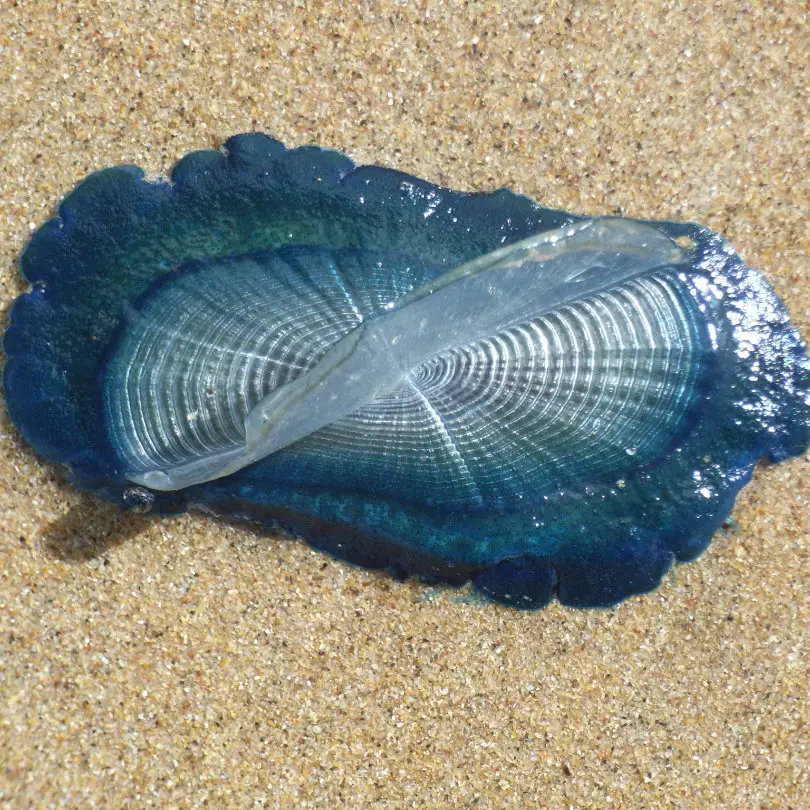
While stings from these jellyfish are generally not dangerous, they can cause discomfort, welts, nausea, and other allergy-like symptoms in sensitive individuals.
Rhizostoma in particular has tentacles that extend far beyond the bell, increasing chances of encounters.
Seasonality of Jellyfish Blooms
Jellyfish populations around Mallorca fluctuate throughout the year due to seasonal changes in ocean conditions:
Spring
- Jellyfish begin to appear along Mallorca’s shores in early spring, around March and April.
- The early spring blooms mostly consist of Rhizostoma pulmo barrel jellyfish that overwintered in the region after autumn die-offs. Their numbers start small but increase through spring.
- By May, juvenile Pelagia noctiluca mauve stingers emerge, descended from polyps that stayed attached to the seafloor through winter.
Summer
- Jellyfish numbers are at their highest in summer, peaking in July and August when warm water and abundant plankton fuel population booms.
- All major jellyfish species are present, with Rhizostoma pulmo and Pelagia noctiluca usually being most prolific along beaches.
- High temperatures accelerate growth and reproduction. Mauve stingers only live a few months, so new generations emerge rapidly.
Autumn
- Jellyfish abundance declines in September and October as waters cool, but significant numbers can remain.
- Rhizostoma pulmo is the dominant autumn jellyfish, with the summer mauve stinger boom subsiding.
- Large barrel jellyfish continue washing up on beaches into November.
Winter
- Colder winter temperatures cause jellyfish to become scarce and less active from December through February.
- Some Rhizostoma pulmo barrel jellyfish overwinter in deeper offshore waters.
- Polyps attached to rocks and seafloor remain dormant until warming spring waters trigger new medusae release.
Geographic Patterns Around Mallorca
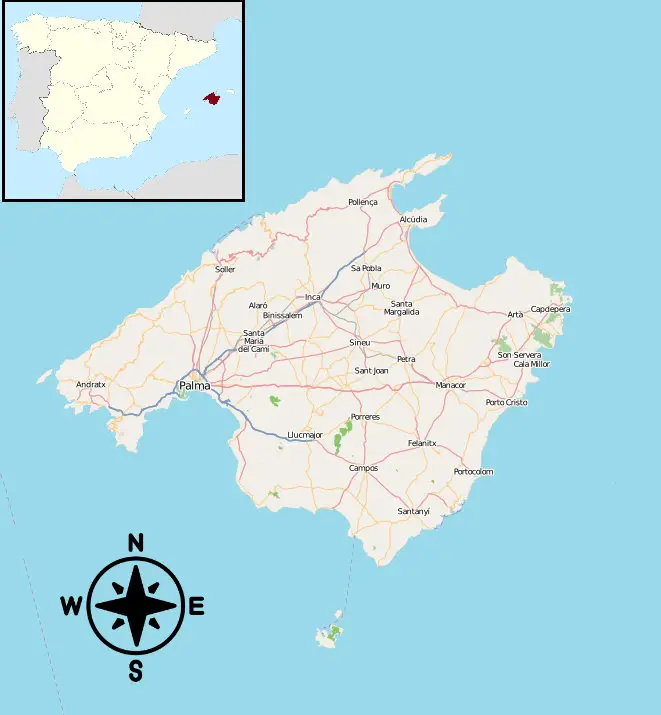
While jellyfish hotspots shift from year to year, some areas of Mallorca tend to be more prone to blooms:
- Northern shores – The northern coastline of Mallorca faces the mainland and receives ocean currents that transport jellyfish populations. Popular beaches along the Badia de Pollença and Badia d’Alcudia often have more jellyfish compared to southern areas.
- Western beaches – Sheltered bays like Port d’Andratx and Santa Ponça on the western side of Mallorca provide calm waters where jellyfish tend to congregate and linger near shores.
- Southern harbors – The harbors of Palma, Colònia de Sant Jordi, and Portocolom frequently have jellyfish that drift in and get trapped. Nearby beaches are also impacted.
- Offshore islands – The small island of Cabrera south of Mallorca sees major Rhizostoma blooms that then drift northward to the main island.
- Eastern coast – While less sheltered than other areas, piers and coves along the eastern side such as Cala Millor and Cala Rajada still get seasonal jellyfish.
Coping with Jellyfish Blooms
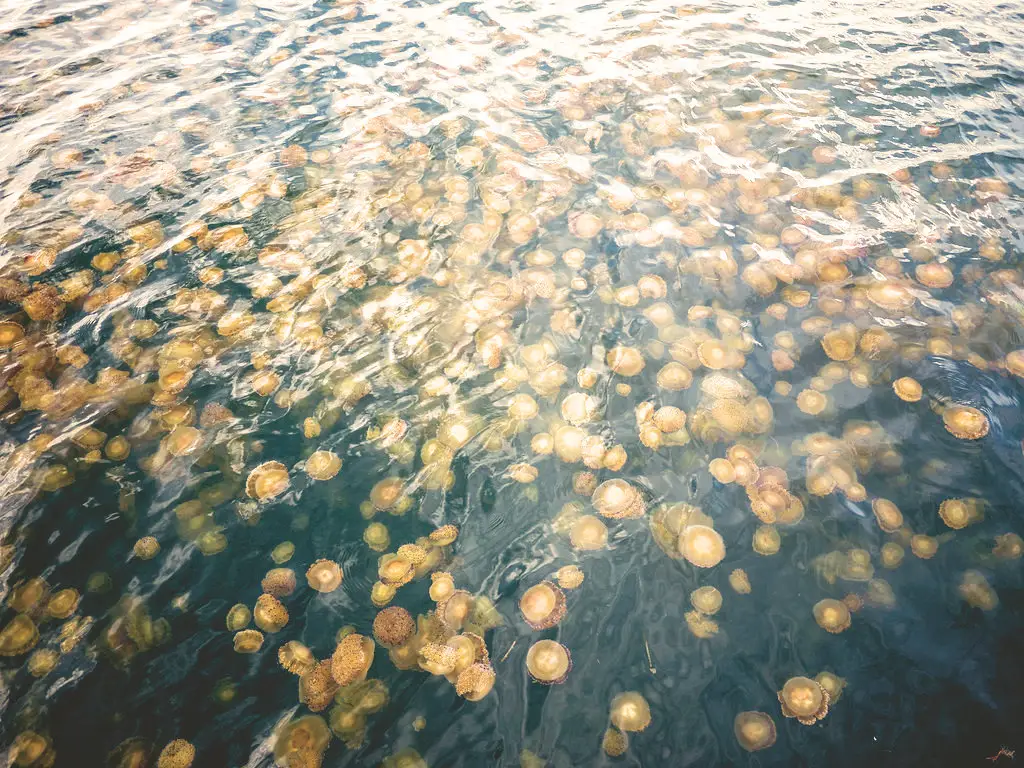
Jellyfish do appear in the Mallorca summertime. However, authorities, businesses, and beach goers can take actions to mitigate problems:
- Monitoring – Researchers track jellyfish hotspots so concentrations can be predicted. This allows for timely warnings.
- Beach closures – When conditions are severe, beaches may temporarily close to swimming to prevent stings. Keep an eye out for the jellyfish flag on the beach.
- Protective swimwear – Special Lycra suits can prevent stinging tentacles from reaching skin.
- Removal – Scooping visible jellyfish from harbours and swimming areas provides short-term relief.
- Vinegar stations – Having vinegar on hand helps soothe stings. Informational signage also raises awareness.
- Media alerts – Local news and social media warn of significant blooms so people can avoid impacted beaches.
- Long-term solutions – Reducing coastal pollution and protecting Posidonia seagrass meadows may improve ecosystem balance.
While jellyfish are an inevitability around Mallorca, being informed about seasonal patterns and taking appropriate precautions can allow beach goers to enjoy the island’s picturesque shores.
Paying attention to bloom forecasts, wearing protective clothing, and keeping vinegar and first aid supplies on hand can help minimize stinging encounters.
See out jellyfish sting remedies and precautions article for more information.
With proper management, these natural cycles need not deter tourism and recreation.

Mark Kaye is a travel writer and content creator living in Majorca, Spain. Originally from the UK, Mark moved to the island and quickly fell in love with Majorcan culture, food, and scenic landscapes. When he’s not busy writing detailed guides about Majorca’s top tourist attractions and hidden local gems, you can find him out exploring coastal trails or wandering the streets of Palma’s Old Town in search of his next great restaurant discovery.

